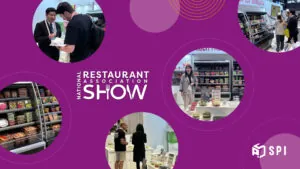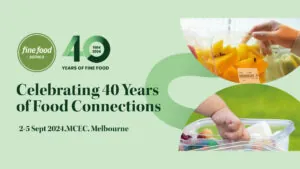PET plastic raises challenges for recovery and reuse in the food packaging industry
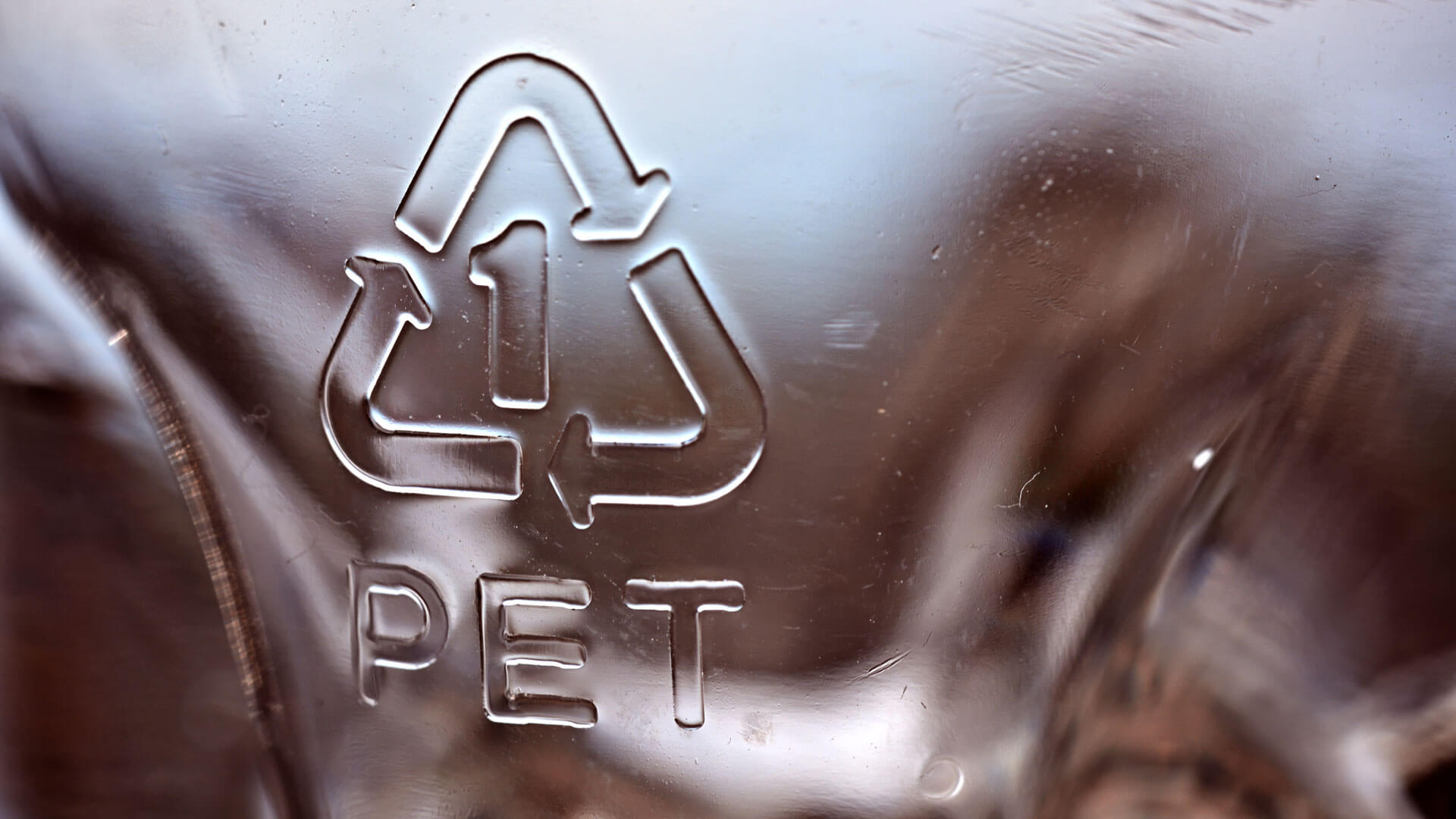
- Recovered or Recycled PET?
- Post Consumer Recycling & RPET
- Recovery of PET in the Manufacturing Process
- Permitted Use of RPET in Food Packaging
Recovered or Recycled PET?
The term RPET can refer to Recycled PET or Recovered PET, but the processes of recycling or recovery are very different, and this has implications for how RPET is used depending on if it comes from post consumer recycling (PCR) or recovery during manufacture.
PET is one of the most commonly used plastics in food packaging due to its strength, high transparency, light weight, and ease of recycling. It is frequently used for water bottles and food containers, but bottles in particular are hard to compress into bales and are very light weight. This makes PET expensive to transport and more likely to end in landfill waste.
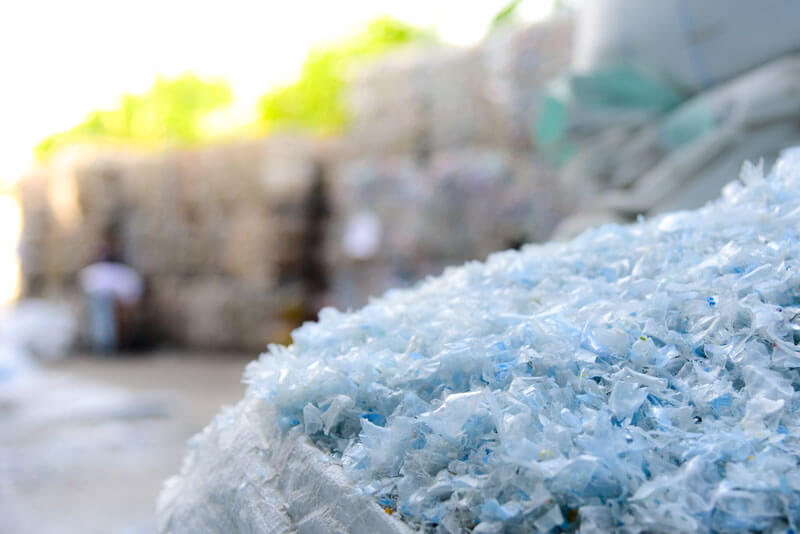
Food packaging waste accounts for nearly 50% of all plastic waste generated in the US, most of this being single-use plastic. Any actions that reduce PET waste can make a significant difference in sustainable plastic manufacturing because the large volume of PET used in plastics manufacturing makes it the biggest single contributor to plastic packaging waste .
PET is very cheap to manufacture, and it is difficult to substitute more expensive alternatives when price is a factor. Concern over sustainable environmental packaging due to the impact of plastics as a non-renewable resource is leading to increased efforts to recover and recycle PET.
Post Consumer Recycling & RPET
Consumer engagement in recycling and bottle return schemes contributes significantly to the recycling of PET, but post consumer recycled (PCR) plastics are often contaminated and considered unsuitable for reuse in food-grade or high quality products, so there is a continuous demand for fresh PET despite increased levels of PCR of PET.
Recovery of PET in Manufacturing Processes
Trimmings, off-cuts and sprues are created as by-products of the manufacture of PET containers. These can be reclaimed, reground and reused in the manufacturing cycle rather than discarded into a waste or general recycling stream. Recovered PET refers to clean PET waste arising from manufacturing processes.
Permitted Use of RPET in Food Packaging
In many jurisdictions it is not permitted to use post consumer recycled PET for new food packaging. Minimizing waste generated in the manufacturing process for new PET products becomes very important when you are not permitted to use PCR plastics.
Recovering Food Grade PET For Reuse
South Plastic is innovating in the use of recovered PET in our food packaging manufacturing. To make our products globally approved as food-safe, we do not use PCR plastics in PET manufacturing. Instead, we have developed an efficient internal process for recovering and reusing clean food-grade plastic production waste.
We recover clean PET from the manufacturing process and reuse it in the manufacturing cycle to reduce waste PET by-products from our food packaging manufacture. At South Plastic we currently recover 34% of clean plastic manufacturing waste from our production cycle.
RPET in Tamper Evident Packaging by South Plastic
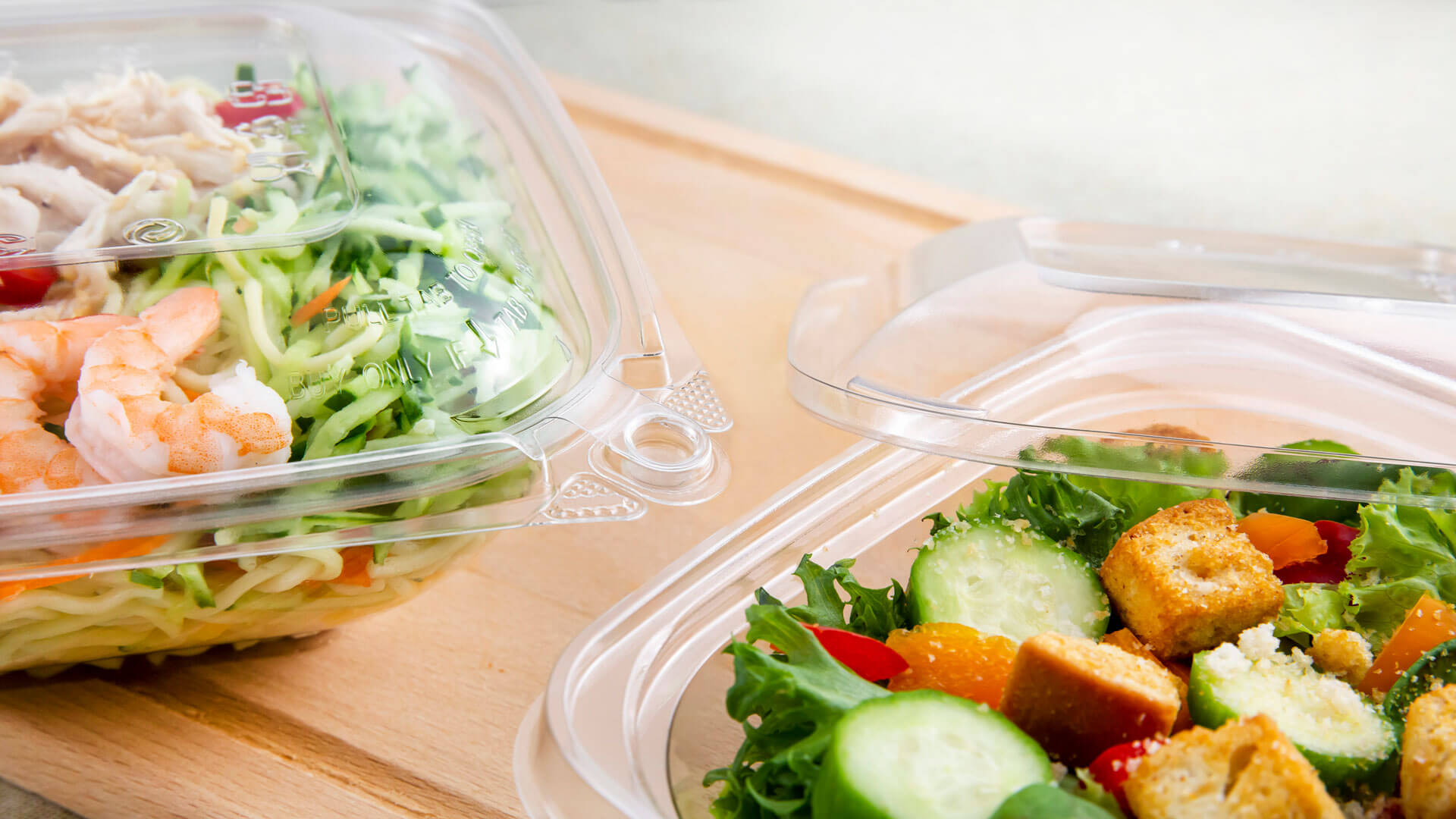
- Clean PET Recovery From Manufacturing
- Patented Tamper Evidence Without Tear-Off Strips
- Positive Consumer Impressions of Brand Sustainability
Clean PET Recovery From Manufacturing
Our innovative tamper evident packaging is manufactured from PET. This is a major line in our production and manufacturing of food packaging. Our range of tamper evident products feature significant sustainability gains arising from our integration of recovery systems into our manufacturing cycle.
Patented Tamper Evidence Without Tear-Off Strip
Recovery of PET waste in the production cycle is aligned with our waste-minimisation designs for tamper evident packaging. South Plastic tamper evident food packaging uses a patented design that does not require a tear-off strip and can be reclosed for reuse without concealing that the product has been opened already.
Positive Consumer Impressions of Brand Sustainability
Tear-off strips used in tamper-evident packaging are a serious challenge to sustainable packaging as they are often disposed of into the environment or into general waste, and are not recycled. Recovering 34% of plastic that normally ends up as waste from manufacturing and eliminating tear-off strips demonstrates a significant commitment to sustainability that adds to positive brand recognition.
Contact us to discuss how we can provide excellent solutions for your sustainable food packaging requirements.
